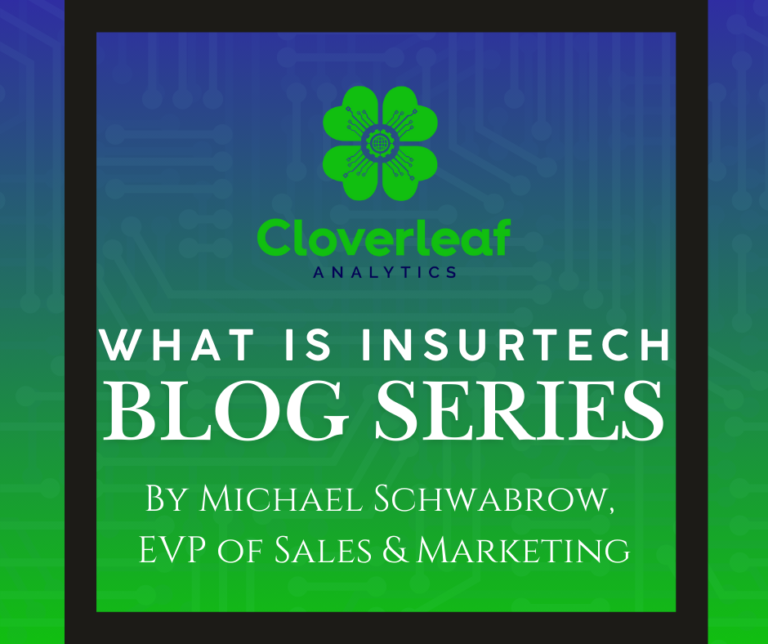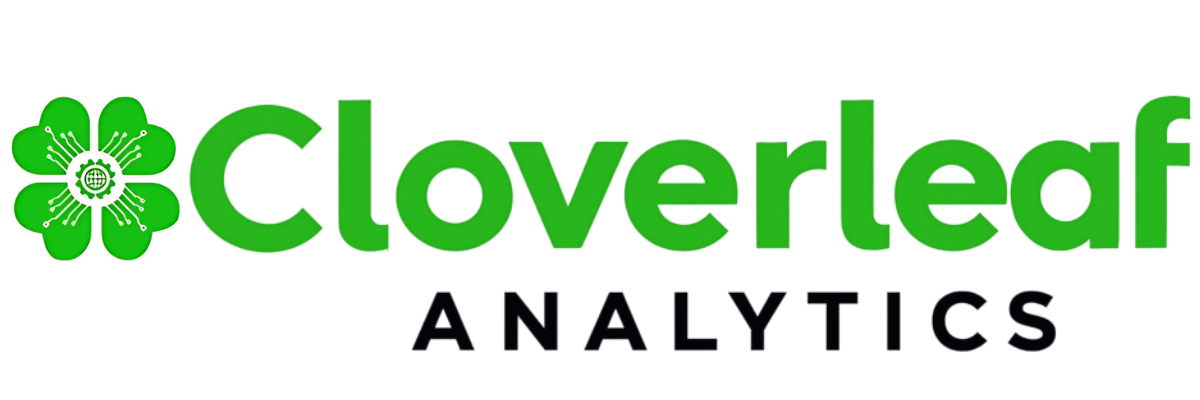The Insurance Data Rosetta Stone: Insurance Natural Language Processing (NLP)

By Michael Schwabrow

Over 225 years ago, soldiers in Napoleon’s army unearthed what would become one of humanity’s most significant data discoveries. The Rosetta Stone—a fractured slab of granodiorite—bore inscriptions in three distinct scripts: formal hieroglyphics, everyday Demotic text, and Ancient Greek. For centuries, the meaning behind Egyptian hieroglyphics had remained locked away, leaving a civilization’s history and knowledge (i.e. data) inaccessible despite being preserved in thousands of artifacts and monuments.
When Jean-François Champollion deciphered the stone in 1822 he unified data and restored a lost voice to an entire civilization. The ancient data analysis expedition reunited humanity with scientific, medical, religious, and cultural knowledge that had been preserved yet unreadable – like insurance data that only data scientists or actuaries can gain insights into.
This ancient parallel illuminates the modern challenge facing the insurance industry: vast stores of business-critical information exist within carriers. Yet, for many the insights remain functionally indecipherable because they have not employed a vital tool in their arsenal – insurance NLP.
The Modern Hieroglyphics of Insurance
The insurance industry doesn’t lack data—it drowns in it. However, unlike financial figures neatly arranged in databases, most insurance knowledge exists as unstructured text. Each type of information holds insights that could transform underwriting accuracy, claims outcomes, customer experiences, and risk assessment. Yet this unstructured text—this modern hieroglyphics—remains untapped because traditional data systems only process structured information.
The Insurance Industry’s Translation Challenge
The challenge facing insurance professionals mirrors that of early Egyptologists. We recognize these documents contain vital information, but extracting consistent meaning for technical and non-technical audiences at scale has proven nearly impossible. The ancient world struggled with multiple scripts, while insurers contend with disparate data sources. Even when those sources are organized and unified it can still be like reading a foreign language for common business users.
Before the Rosetta Stone, scholars attempted to decipher hieroglyphics through educated guesswork, intuition, and partial pattern matching—similar to how claims adjusters today manually scan notes and reports for key information. Both approaches suffer from inconsistency, human limitations, and an inability to scale.
Natural Language Processing: Insurance’s Rosetta Stone
Much like the Rosetta Stone provided the key to translating Egyptian hieroglyphics by showing the same text in known and unknown scripts, Natural Language Processing (NLP) serves as the modern key to unlocking unstructured insurance data for all types of insurance professionals. NLP technologies don’t just search for keywords; they interpret human language and data in context—understanding meaning, extracting entities, recognizing relationships, categorizing concepts, and delivering insights in easy-to-understand language.
So how does NLP work?
NLP reads documents, picks out key facts, understands context, and groups similar ideas—even if the wording is different. It is like a multilingual translator and super data analyst rolled into one, trained specifically to understand how insurance professionals write, speak, and think.
The parallel translation functions between the historical breakthrough and today’s NLP capabilities are striking. Champollion first identified proper names in hieroglyphics because they appeared in predictable patterns—similar to how NLP identifies policy numbers, dates, and monetary amounts in unstructured text.
Egyptian scribes used determinative symbols to clarify ambiguous words—paralleling how NLP uses contextual analysis to determine whether “total loss” refers to a vehicle claim or a fire claim. Translating hieroglyphics ultimately meant mapping ancient concepts to modern understanding—this is similar to how NLP maps varied descriptions of similar damages to standardized categories.
Transforming Insurance Operations Through “Translation”
The application of NLP across insurance functions creates transformation similar to how the Rosetta Stone’s decipherment revolutionized our understanding of ancient Egypt. Before the Rosetta Stone, scholars could only guess the meaning of temple inscriptions describing agricultural practices and flood patterns. Similarly, underwriters have traditionally relied on structured application data while missing crucial insights that NLP can deliver.
Ancient medical papyri remained undecipherable for centuries. Likewise, claims organizations possess rich repositories of adjustment notes, provider communications, and settlement narratives that hold patterns for optimal outcomes. NLP illuminates these patterns by identifying optimal recovery approaches based on similar historical claims, recognizing early red flags in initial claim communications, extracting severity factors from first notice of loss narratives, and detecting potential subrogation opportunities in repair descriptions.
Before hieroglyphic translation, records of how Egyptians viewed their relationships remained mysterious. Similarly, insurers struggle to systematically understand customer sentiment across thousands of interactions. NLP bridges this gap by analyzing communication tone and sentiment across all customer touchpoints, identifying emerging issues before they become trends, recognizing individual communication preferences, and mapping emotional journey points throughout the policy lifecycle.
The Future of Insurance “Translation”
The Rosetta Stone’s decipherment began rather than concluded Egyptology. Similarly, today’s NLP implementations represent just the beginning of insurance’s unstructured data revolution. Similar to how Egyptologists progressed to interpret hieroglyphics alongside artistic representations, future insurance NLP will integrate text analysis with image processing, voice analysis with transcription, and structured data with unstructured narratives to create a comprehensive understanding of each situation.
In the same way that translated texts eventually revealed predictive flood patterns along the Nile, advanced NLP will help enable early warning systems for emerging claim trends, behavioral indicators for potential fraud patterns, market signals for emerging coverage needs, and customer life events suggesting policy adjustments. The predictive power of fully translated insurance communications will transform how carriers anticipate rather than react to emerging patterns.
Just as scholars progressed from basic translation to understanding nuanced literary devices, insurance NLP will evolve toward natural language interfaces for policy service, conversational claims reporting and processing, dialog-based underwriting assessment, and interactive coverage advisory capabilities. The evolution from basic translation to sophisticated understanding mirrors the journey from deciphering basic hieroglyphic symbols to appreciating the nuanced literature of ancient Egypt.
Unlocking Your Organization’s Secret Wisdom
When Napoleon’s expedition discovered the Rosetta Stone, they couldn’t have imagined how it would transform humanity’s understanding of ancient civilization. Similarly, many insurance executives implementing basic document processing solutions don’t yet grasp the transformative potential of truly understanding their unstructured and structured data.
The competitive advantage in coming years won’t belong to insurers with marginally better pricing models or slightly superior distribution. It will belong to those who fully decipher their organizational “hieroglyphics”—transforming unstructured information into actionable intelligence that drives superior decisions across the enterprise.
For leaders contemplating technology investments, the question extends beyond whether NLP deserves consideration. It becomes whether your organization can afford to leave its institutional knowledge locked in the hieroglyphics of unstructured text while competitors translate theirs into market leadership.
The modern Rosetta Stone exists, will you use it to unlock your organization’s secret wisdom?
Check out our Platform section for more details on our services.
